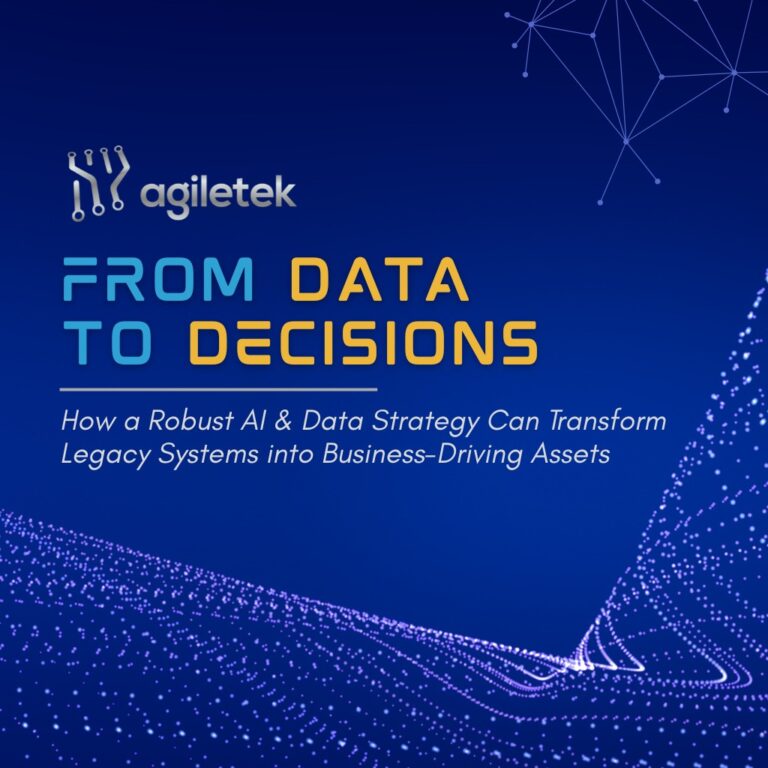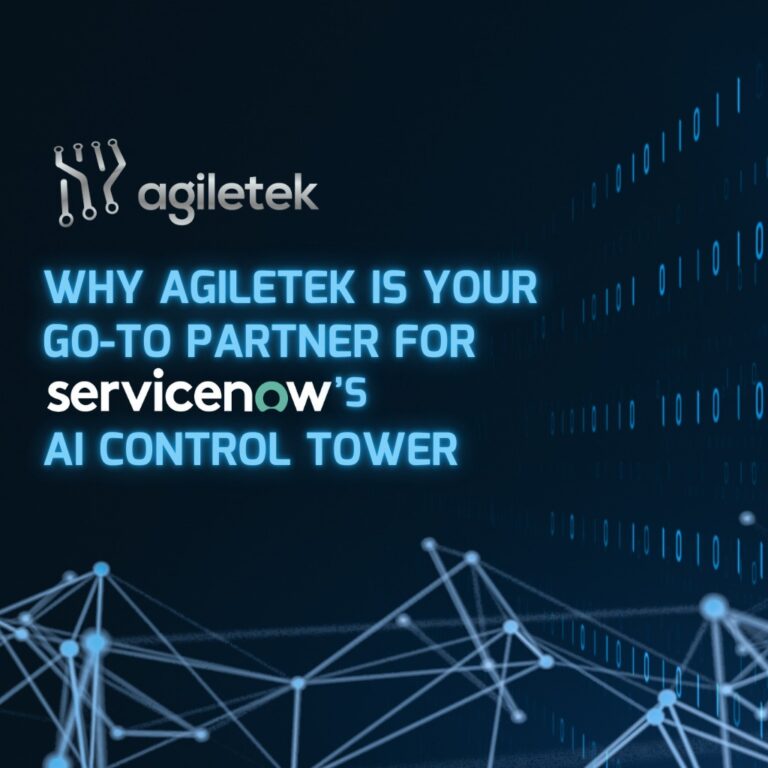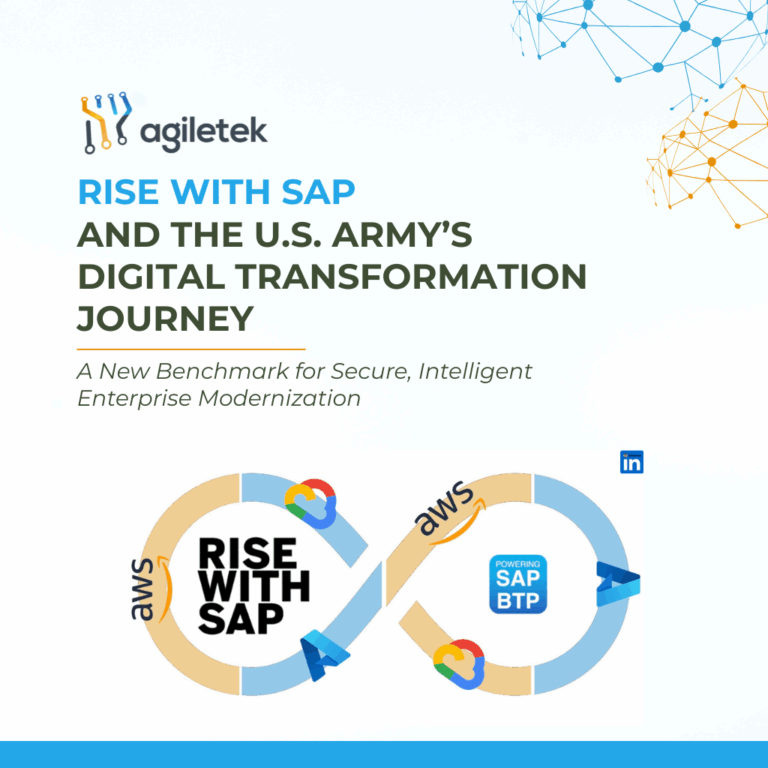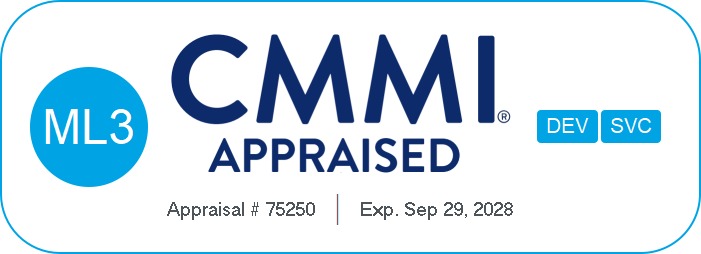Introduction: In the landscape of cloud computing, security is paramount, particularly in sensitive sectors like government. The Federal Risk and Authorization Management Program (FedRAMP) was established to standardize security assessment, authorization, and continuous monitoring for cloud products and services. Achieving Authorization to Operate (ATO) under FedRAMP is a rigorous process, but with the right strategies and best practices, Agiletek can help you navigate it successfully.
Understanding FedRAMP Compliance: FedRAMP sets forth a framework for assessing and authorizing cloud service providers (CSPs) to ensure they meet stringent security standards. Compliance involves a thorough evaluation of security controls, risk management practices, and continuous monitoring protocols. FedRAMP compliance is categorized into three impact levels: Low, Moderate, and High, depending on the sensitivity of the data being handled.
Best Practices for Achieving ATO:
• Start Early and Plan Thoroughly: Begin the compliance journey well in advance of the desired ATO date. Develop a comprehensive plan outlining roles, responsibilities, timelines, and milestones.
• Understand FedRAMP Requirements: Familiarize yourself with the FedRAMP Security Controls Baseline and associated documentation. Understand the specific requirements relevant to your cloud service offering and impact level.
• Engage Qualified Third-Party Assessors (3PAOs): Collaborate with accredited 3PAOs to conduct security assessments and validate compliance with FedRAMP requirements. Choose assessors with experience in your cloud service model and impact level.
• Implement Security Controls Effectively: Establish and implement security controls as outlined in the FedRAMP security baseline. Ensure controls are tailored to your cloud environment and adequately address identified risks.
• Document Everything: Maintain detailed documentation throughout the compliance process, including security policies, procedures, risk assessments, and evidence of control implementation. Documentation serves as evidence of compliance during the authorization process.
• Conduct Continuous Monitoring: Implement robust continuous monitoring practices to track security events, vulnerabilities, and changes to the cloud environment. Continuous monitoring ensures ongoing compliance and early detection of security issues.
• Prepare for Ongoing Audits and Assessments: Understand that achieving ATO is not the end of the compliance journey. Prepare for regular audits and assessments to maintain compliance and address any evolving security threats or requirements.
• Stay Informed and Adaptive: Stay abreast of updates to FedRAMP requirements, security best practices, and emerging threats. Maintain a proactive approach to security by continuously improving processes and adapting to changing regulatory landscapes.
Conclusion: Achieving Authorization to Operate under FedRAMP is a significant milestone for cloud service providers seeking to serve government agencies. By adhering to best practices and leveraging the expertise of qualified assessors, organizations can navigate the compliance process efficiently and effectively. Continuous monitoring and proactive security measures are essential for maintaining compliance and safeguarding sensitive data in the ever-evolving threat landscape of cloud computing.









